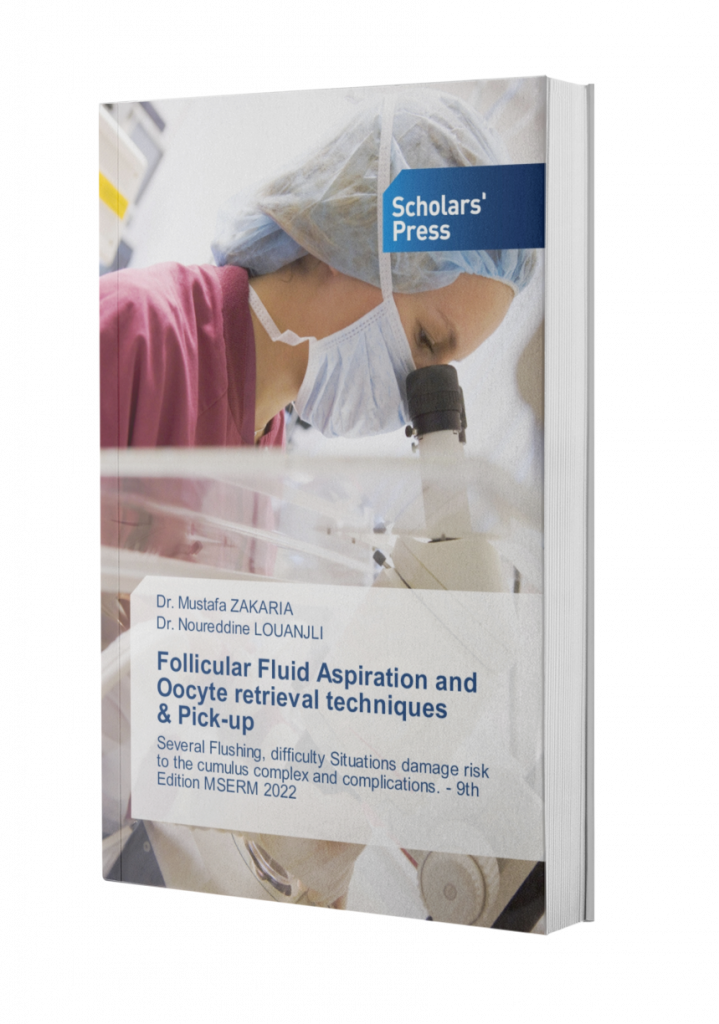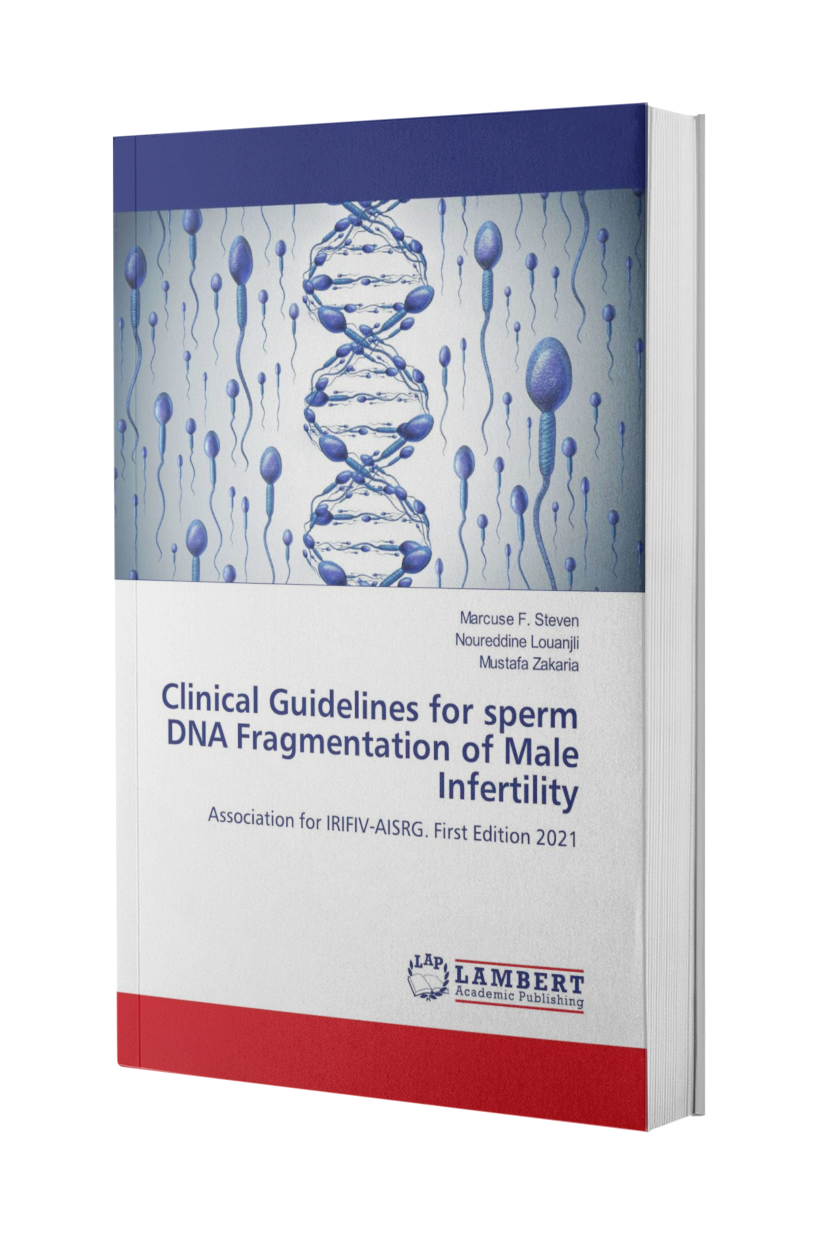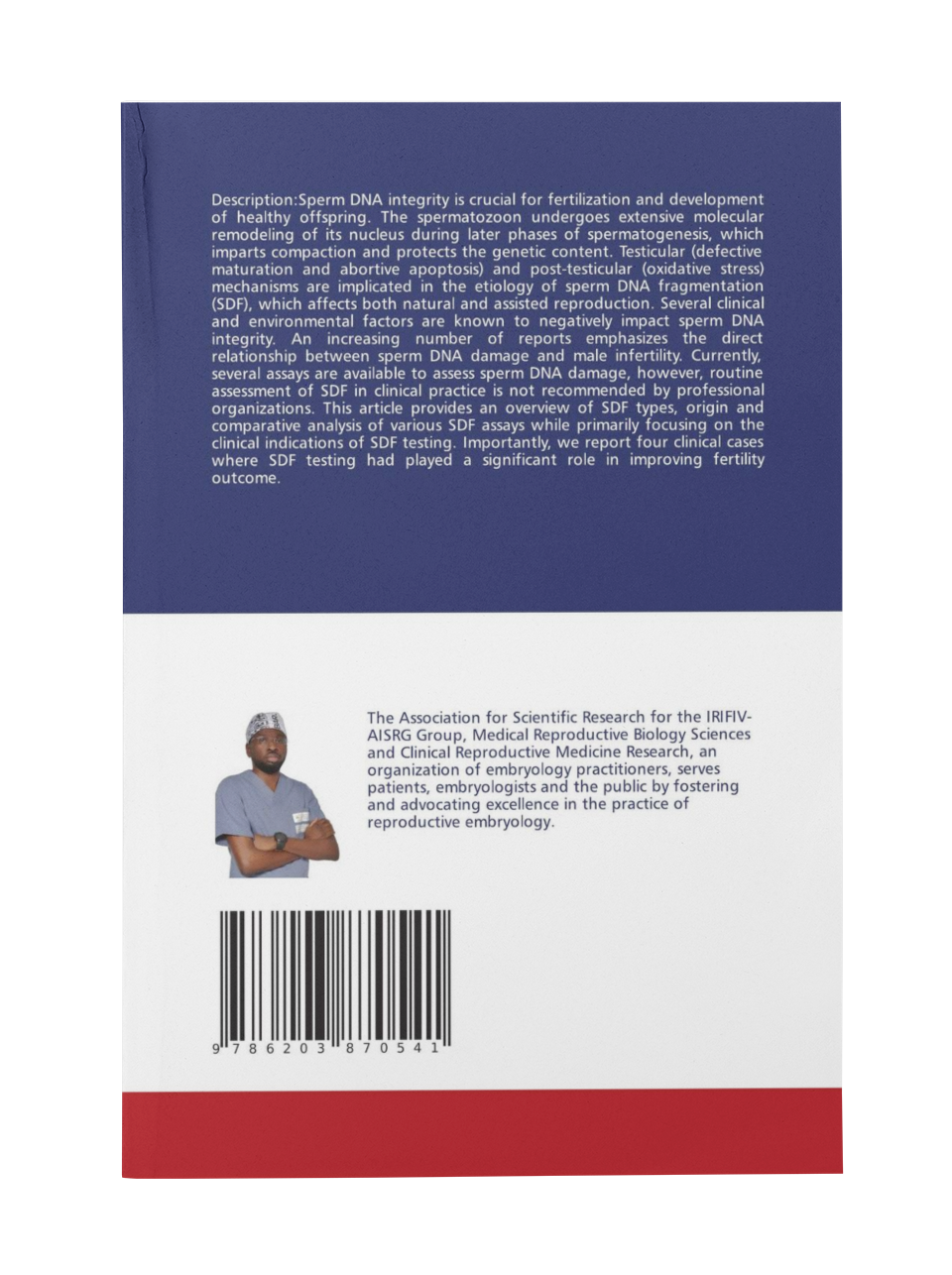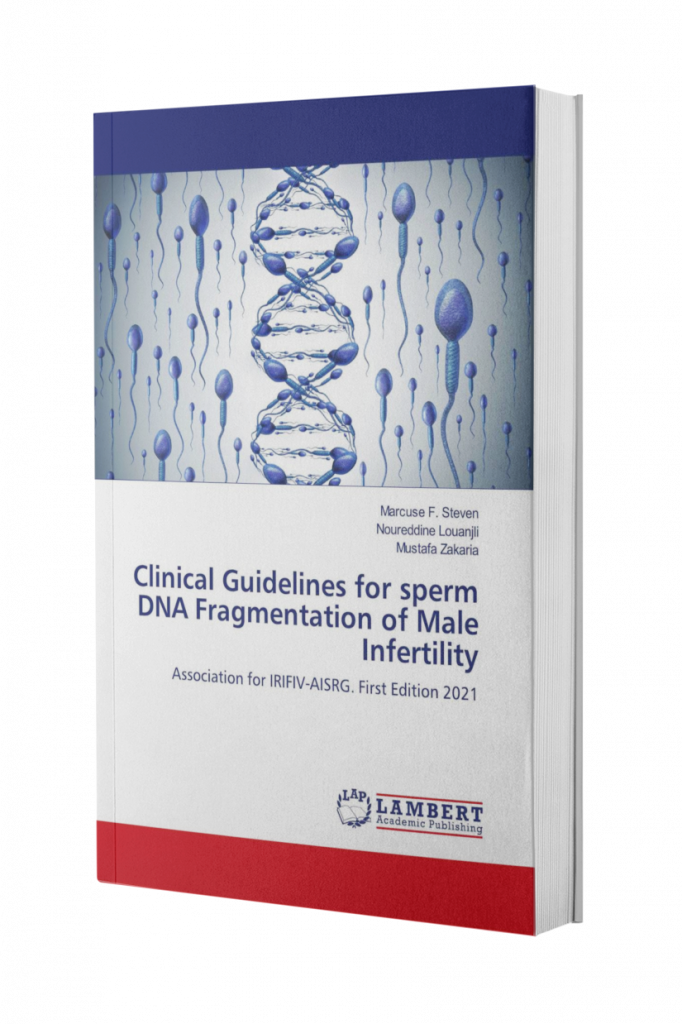New Release
Clinical Guidelines for sperm DNA Fragmentation of Male Infertility
Association for IRIFIV-AISRG. First Edition 2021
About the Book
Description:Sperm DNA integrity is crucial for fertilization and development of healthy offspring. The spermatozoon undergoes extensive molecular remodeling of its nucleus during later phases of spermatogenesis, which imparts compaction and protects the genetic content. Testicular (defective maturation and abortive apoptosis) and post-testicular (oxidative stress) mechanisms are implicated in the etiology of sperm DNA fragmentation (SDF), which affects both natural and assisted reproduction. Several clinical and environmental factors are known to negatively impact sperm DNA integrity. An increasing number of reports emphasizes the direct relationship between sperm DNA damage and male infertility. Currently, several assays are available to assess sperm DNA damage, however, routine assessment of SDF in clinical practice is not recommended by professional organizations. This article provides an overview of SDF types, origin and comparative analysis of various SDF assays while primarily focusing on the clinical indications of SDF testing. Importantly, we report four clinical cases where SDF testing had played a significant role in improving fertility outcome. <div><p>Description:Sperm DNA integrity is crucial for fertilization and development of healthy offspring. The spermatozoon undergoes extensive molecular remodeling of its nucleus during later phases of spermatogenesis, which imparts compaction and protects the genetic content. Testicular (defective maturation and abortive apoptosis) and post-testicular (oxidative stress) mechanisms are implicated in the etiology of sperm DNA fragmentation (SDF), which affects both natural and assisted reproduction. Several clinical and environmental factors are known to negatively impact sperm DNA integrity. An increasing number of reports emphasizes the direct relationship between sperm DNA damage and male infertility. Currently, several assays are available to assess sperm DNA damage, however, routine assessment of SDF in clinical practice is not recommended by professional organizations. This article provides an overview of SDF types, origin and comparative analysis of various SDF assays while primarily focusing on the clinical indications of SDF testing. Importantly, we report four clinical cases where SDF testing had played a significant role in improving fertility outcome. </p></div>
Other Publications

Follicular Fluid Aspiration And Oocyte Retrieval Techniques & Pick-Up
In Assisted Reproductive Technology (ART), oocyte retrieval is a vital step. It was initially performed through laparoscopy, which was complex and difficult and of low efficiency. Ultrasound-guided transvaginal oocyte retrieval was safer and more effective; it is presently the standard operation for in vitro fertilization (IVF) treatment. Theoretically, oocyte retention is achievable after the initial aspirate due to abnormal development of the follicle or oocyte and human technical factors, and such retention could be overcome by recurrent follicular flushing. Follicular flushing is considered to maximize the number of oocytes retrieved and thereafter to improve the rate of IVF pregnancy. There are a number of factors that can affect egg collection and/or egg damage. These involve variables like pump vacuum flow, velocity, needle bore size and length, follicle pressure and size and collection techniques. Cook Medical Technology, Brisbane, has developed appropriate equipment to study the factors influencing the success of egg collection and the cause of egg trauma.Keywords: Vacuum Profiles in Aspiration System; Damage to the Cumulus; Clinical Aspects of Oocyte Retrieval.
ABOUT THE AUTHOR
Mustafa Zakaria
Dr.Mustafa ZAKARIA is a specialist in Senior Clinical Embryology and
Assisted Conception
Extensive experience covers all aspects of clinical embryology and
andrology, including maintaining the highest possible standards in the IVF
laboratory, oocyte and embryo culture, intracytoplasmic sperm injection,
blastocyst culture, assisted hatching, embryo biopsy, fertility
cryopreservation by vitrification, and in vitro oocyte maturation.Objective
of the Dr Mustafa Zakaria is Maintaining consistent and reliably high
success rates is a monthly challenge for in IVF labs, the IRIFIV Fertility
Center and Association for Scientific Research of the IRIFIV-AISRG Group in
Casablanca – Morocco Department of Reproductive Medicine and Reproductive
Biology and Embryology , advocacy of interdisciplinary Department of
Reproductive Medicine and Reproductive Biology and Embryology study,
encompassing the areas of research, collections and publishing Articles.

New Release
YES, I want to buy this book!
Click on the button below:







